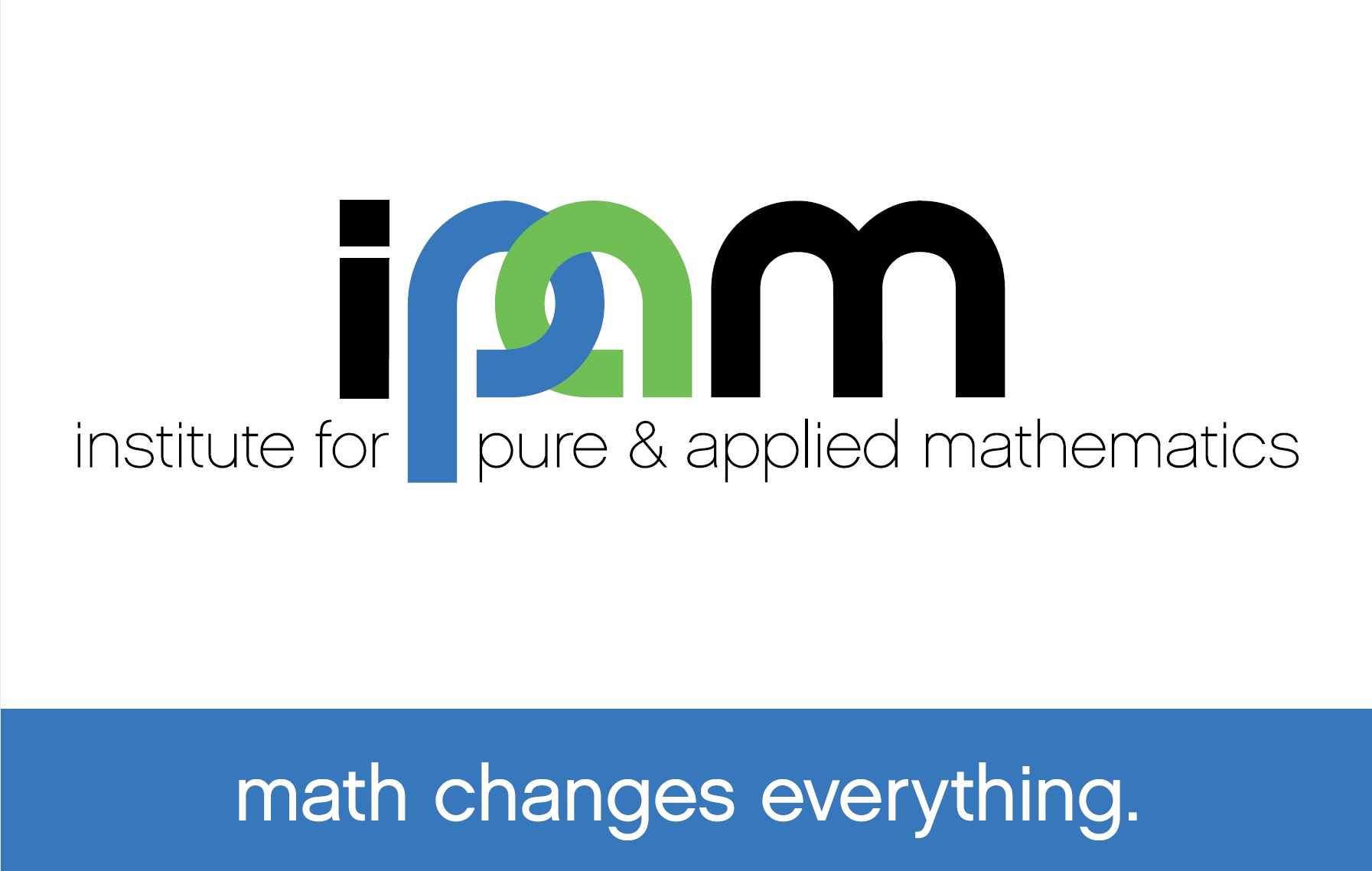Deep Learning Dive into the Scanning Transmission Electron Microscopy: Materials Design, Learning Physics, and Atomic Manipulation
Presenter
October 17, 2019
Abstract
Sergei Kalinin - Oak Ridge National Laboratory
Materials design and optimization is one of the key challenges of XXI century. The use of classical forward prediction paradigms, even augmented by machine learning tools, encounters the intractable dimensionality problem of the chemical space. Furthermore, incomplete knowledge of the physical mechanisms (such as emergence of superconductivity or biological activity) and non-differentiability of the chemical space hinder the use of classical ML techniques. At the same time, physics and chemistry of materials is determined by a relatively small, as compared to number of atoms in even nanoscale volumes, set of generative parameters defining interactions between individual structural units. However, these parameters are generally difficult to extract, and require painstaking theory-experiment matching based on macroscopic observables and predictive theory. In this talk, I will present the new opportunities enabled by physics-informed big data and machine learning technologies to extract this physical and physical information from atomically resolved static and dynamic scanning transmission electron microscopy (STEM) images. The deep learning models trained on theoretically simulated images or labeled library data demonstrate extremely high efficiency in extracting atomic coordinates and trajectories, converting massive volumes of statistical and dynamic data into structural descriptors. I further present a method to take advantage of atomic-scale observations of chemical and structural fluctuations and use them to build a generative model (including near-neighbor interactions) that can be used to predict the phase diagram of the system in a finite temperature and composition space. Similar approach is applied to probe the kinetics of solid-state reactions on a single defect level and defect formation in solids via atomic-scale observations. Finally, synergy of deep learning image analytics and real-time feedback/controlled probe trajectories further allows harnessing beam-induced atomic and bond dynamics to enable direct atom-by-atom fabrication. Examples of direct atomic motion over mesoscopic distances, engineered doping at selected lattice site, and assembly of multiatomic structures will be demonstrated. Finally, I will present few examples of the in-line automation of STEM and scanning probe microscopy experiments based on real time image-based feedbacks. These advances position STEM towards transition from purely imaging tool for atomic-scale laboratory of electronic, phonon, and quantum phenomena in atomically-engineered structures. This research was sponsored by the Division of Basic Energy Sciences, BES, DOE, and was conducted at the Center for Nanophase Materials Sciences, sponsored at Oak Ridge National Laboratory by the Scientific User Facilities Division.
